
It wasn’t surprising that Paul Simon launched a successful solo career after leaving Simon and Garfunkel, given that he wrote all of the group’s original material. There’s a school of thought that enjoys Simon and Garfunkel but dislikes Simon’s solo career, a mindset that I don’t share. Simon’s solo career is a natural continuation of his work with the duo; a lot of the material from 1973’s There Goes Rhymin’ Simon would work as a followup to Bridge Over Troubled Water.
While he started in the folk movement, Simon picked up musical styles from all over the world, incorporating them into his music. He’s never stopped exploring new sonic territory, including the African sounds of Graceland, the Brazilian beats of The Rhythm of the Saints, and the jazz-rock of Still Crazy After All These Years. Simon’s most recent solo album, released at the age of 74, assimilates ideas from Harry Partch.
Simon released an excellent pair of solo albums early in the 1970s, then drifted a little. He got back on track artistically with the inconsistent but often excellent Hearts and Bones (1983), while 1986’s Graceland was an unexpected commercial revival. Simon’s 21st-century output has been very solid. His conversational style has aged gracefully, and he’s only released an album every five years, so his late catalogue is well-crafted and consistent.
Paul Simon Album Reviews
Paul Simon | There Goes Rhymin’ Simon | Still Crazy After All These Years | One-Trick Pony | Hearts and Bones | Graceland | The Rhythm of the Saints | Songs from The Capeman | You’re The One | Surprise | So Beautiful or So What | Stranger to Stranger | Seven Psalms
Favourite Album: Graceland
Overlooked Gem: Hearts and Bones
Paul Simon
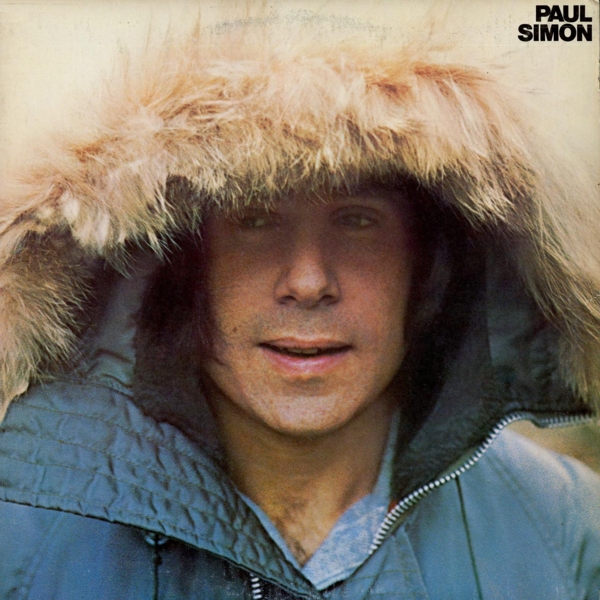
1972, 8/10
After the huge-sounding and huge-selling Bridge Over Troubled Water, Paul Simon scaled back both his sound and his themes with his first post-duo record. The early 1970s were the heyday of the singer-songwriter era, and Paul Simon fits in with contemporaneous acts like James Taylor and Carole King. It’s openly autobiographical in places, and Simon goes as far as to reference himself and his wife by name in ‘Run That Body Down’.
Paul Simon is low key and relaxed, mostly centered around Simon’s guitar, although as you’d expect Simon is dabbling in world music like Peruvian sounds in ‘Duncan’. ‘Mother and Child Reunion’ is an early example of a white artist dabbling in reggae, and it’s terrific with its huge chorus and infectious backing vocals. The Latin ‘Me and Julio Down By The Schoolyard’ is largely acoustic, but adds some exoticism with a cuica, while the terrific ‘Peace Like A River’ is just Simon with a simple rhythm section.
It’s far less ambitious and wide-reaching than Bridge, and it’s occasionally unmemorable, but Paul Simon is a fine debut.
There Goes Rhymin’ Simon

1973, 9/10
After his stripped-down self-titled album, There Goes Rhymin’ Simon is a much lusher record, and it’s the solo album that’s most reminiscent of his Simon and Garfunkel days. Like the duo’s records, it’s primarily carefully constructed studio pop, but Simon picks up some new influences with gospel on ‘Loves Me Like A Rock’ and New Orleans on ‘Take Me To The Mardi Gras’, with Claude Jeter on memorable falsetto vocals.
There’s also the lush Quincy Jones arranged ‘Something So Right’, while the centrepiece of the record is the Bach-inspired ‘American Tune’, articulating Simon’s frustration at Nixon’s re-election. The Muscle Shoals rhythm section plays on some of the songs, giving the single ‘Kodachrome’ a complex beat that elevates it above pop fluff. There’s one misstep in the awkward ‘Was A Sunny Day’, with its oblique references to Simon’s beloved 1950s’ hits and Simon’s strange affected vocals, but otherwise even the minor material like ‘St. Judy’s Comet’ and ‘Learn How To Fall’ is solid.
There Goes Rhymin’ Simon is the highlight of Simon’s early solo career.
Still Crazy After All These Years
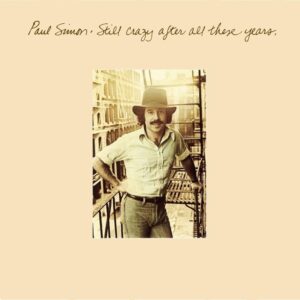
1975, 6.5/10
The background for Still Crazy After All These Years was Simon’s failed marriage. There are some terrific tracks, as you’d expect from Simon in his prime, but a lot of the lesser material on Still Crazy amounts to Simon intoning self-justifying lyrics like “I like to sleep with the window open. And you keep the window closed. So good-bye” against a jazzy backdrop. The smooth jazzy sound suits Simon – its similar to contemporary albums by Steely Dan and Joni Mitchell.
At least the good material on Still Crazy is very strong – ‘Fifty Ways To Leave Your Lover’ was a number one, an inspired combination of a Steve Gadd drum groove and a rhyming game that Simon played with his infant son, while ‘Gone At Last’ is a rollicking gospel duet with Phoebe Snow. The title track is a pop standard, while ‘My Little Town’ reunites Simon with Garfunkel in the studio for the only time since their breakup. Elsewhere, ‘Silent Eyes’ is a nice moody closer, but overall the album tracks on Still Crazy After All These Years are the weakest on a Simon release since Sounds of Silence.
Somehow Still Crazy After All These Years won the Grammy for album of the year, but surely there were dozens of better albums released in 1975….
One-Trick Pony
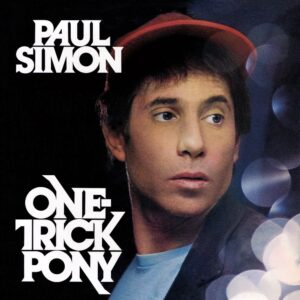
1980, 7/10
Paul Simon took a five-year break between studio albums after 1975’s Still Crazy, an eternity in the 1970s. He dabbled in other projects such as appearing in Woody Allen’s Annie Hall and releasing a greatest hits compilation with two noteworthy new songs (‘Slip Sliding Away’ and ‘Stranded in a Limousine’). But most of his efforts went towards writing and starring in a movie, One-Trick Pony, about a struggling folk-rock singer.
While the movie wasn’t a success, it spawned an accompanying album and a hit single in ‘Late in the Evening’. One Trick Pony continues the jazzy sound of Still Crazy After All These Years, but it’s noticeably low energy; apart from the opening ‘Late in the Evening’ and the live ‘Ace in the Hole’ it’s mostly slow and introspective. But while One-Trick Pony is a slog to get through, it still feels more substantial than Still Crazy; repeat listens reveal mostly solid songs. ‘Late In The Evening’ has a Latin rhythm and a memorable trumpet solo, while ‘Jonah’ soars in a lovely bridge.
One Trick Pony can be a little monotonous, but it’s still a solid entry in Simon’s catalogue.
Hearts and Bones
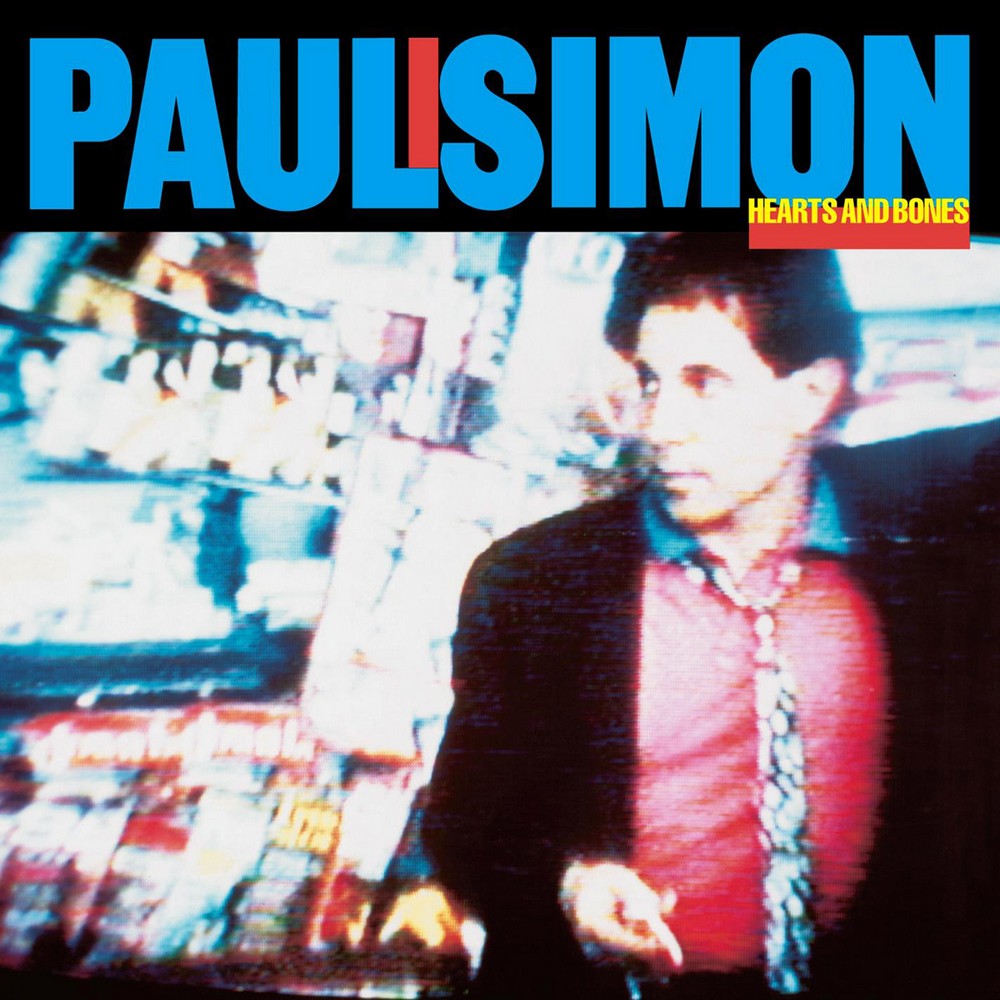
1983, 8/10
Hearts and Bones was intended as Simon and Garfunkel’s reunion album, following their onstage reunion at Central Park and subsequent world tour, but it became a solo effort after Garfunkel failed to complete his vocals on time. It’s difficult to imagine Hearts and Bones as an appropriate vehicle for the duo, as few of the songs seem like suitable material. Some are obviously highly personal to Simon; the “one and one half wandering Jews” in the title track is a reference to his brief marriage to actress Carrie Fisher (Princess Leia in Star Wars), while ‘Train In A Distance’ deals with Simon’s first marriage.
Famously, Hearts and Bones failed to crack the US Top 40, not a reflection of its quality since it was Simon’s best solo record since Rhymin’ Simon. The title track, ‘Train In The Distance’ and ‘Rene and Georgette Magritte With Their Dog After The War’ are some of Simon’s best ever songs, while there’s also excellent album material like ‘Song About The Moon’ (a song about songwriting) and ‘Think Too Much (a).’ The problem is that these rub shoulders with toss-offs like the gimmicky ‘Cars are Cars’ and the lacklustre reprise of ‘Think Too Much (b)’. Hearts and Bones doesn’t start or end particularly well either; opener ‘Allergies’ is interesting but doesn’t quite fit, while ‘The Late Great Johnny Ace’ is interesting lyrically but dull musically. Seemingly random guests include Chic guitarist Nile Rodgers, avant-garde composer Phillip Glass and saxophonist Mark Rivera, who contributes a memorable solo to the end of ‘Train in the Distance’.
Despite its faults Hearts and Bones is an interesting and diverse album, and songs like ‘Train in the Distance’ and the title track make it all but essential for a Paul Simon fan.
Graceland

1986, 9.5/10
Paul Simon was largely written off as irrelevant after his lack of success with One Trick Pony and Hearts and Bones, and he surprised everyone by coming up with his greatest artistic triumph more than twenty years after ‘The Sound Of Silence’ reached number one on the U.S. chart. Simon received the inspiration for Graceland after a friend gave him a cassette of South African music. After continuously playing the cassette in his car Simon became infatuated with one of the groups and contacted them to suggest collaborating on a track. The project expanded to become an entire album, with Simon recording basic tracks with a variety of South African groups, then overdubbing vocals in the U.S.. Juxtaposed against the rootsy music are some of Simon’s best lyrics and vocals; occasionally plaintive, but more often conversational and vernacular (“it’s a turn around jump shot/it’s everybody jump start/it’s every generation throws a hero up the pop charts”, “sometimes I’m falling, flying/or tumbling in turmoil”).
Like Hearts And Bones, about half of the songs seem lightweight, but this time around they’re infectious rather than irritating. ‘I Know What I Know’ sounds awful on paper; Simon performs the backing track on a Synclavier, accompanied only by the bizarre vocals of General M.D. Shirinda And The Gaza Sisters, but it works wonderfully. It also serves as a reminder how timeless the remainder of Graceland is; by recording in Africa Simon bypassed the 1980s glossy synth sound altogether. Instead, Graceland is dominated by pretty guitars and the occasional accordion. The best songs here are simply sublime; ‘Diamonds On The Soles Of Her Shoes’ encapsulates all the unique aspects of Graceland into one beautiful song, while the title track and ‘You Can Call Me Al’ both sound like instant, pervasive classics. My favourite Graceland moments include the astounding bass solo at the end of ‘You Can Call Me Al’ (created by reversing the solo in the first half to create the second half), and Simon’s impressive falsetto on ‘Crazy Love, Vol II’. If I was to nitpick I find ‘Gumboots’ (derived from a track on the cassette that inspired Graceland) a little sludgy, while I’d argue that ‘Homeless’, a showcase for Ladysmith Black Mambazo, doesn’t really belong on a Paul Simon solo album, but both songs are still eminently listenable.
In light of its virtues, I’d recommend Graceland to almost anyone; it’s often catchy and accessible, yet also unique, varied and deep. Additionally, Graceland provided valuable exposure for South African musicians during the apartheid era, in particular launching an international career for vocal group Ladysmith Black Mambazo.
The Rhythm of the Saints

1990, 8.5/10
After the success of Graceland, The Rhythm of the Saints took musical inspiration from another source. The African guitars used in Graceland are merged with the percussion of Brazil, a logical cross-pollination as African slaves were taken to Brazil during European colonisation. The Rhythm of the Saints is a much less immediate record than Graceland, but it’s still a very accomplished album.
With the exception of ‘The Obvious Child’, where the drums were recorded live in Brazil, The Rhythm of the Saints merely burbles along. This is exemplified in the difference between the studio version of ‘The Cool, Cool River’ and the live version from Simon’s 1991 New York album. The mood of the live version better captures the tension that Simon attempts to express, while the coda launches stunningly (“Sometimes even music cannot substitute for tears.”).
While The Rhythm of the Saints lacks immediacy, there are plenty of sweet melodies and interesting lyrics to enjoy. Highlights include the lovely ‘Spirit Voices’, with a memorable Portuguese section, and the horn inflected ‘The Coast’. Simon also churns out a singalong single in ‘Born at the Right Time’. At its occasional worst The Rhythm of the Saints meanders, but it is still a pleasant and complex album and one of Simon’s strongest efforts.
Songs from The Capeman
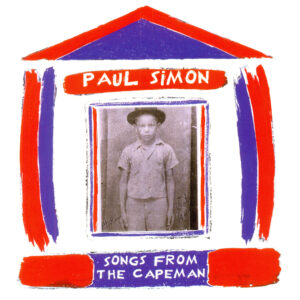
1997, 4/10
Simon spent much of the 1990s working on a Broadway musical, based on an incident from his youth. Salvador Agron was a Puerto Rican youth who joined a New York gang, and was convicted of murdering two teenagers in 1959; he was known as The Capeman because of the black and red cape that he wore. Sentenced to death, he learned to read and write in jail, his sentence was commuted, and after his release he became a social worker. Simon’s musical was unsuccessful, only showing 68 times during its 1998 run. The album isn’t a cast recording – Simon takes most of the lead vocals. Musically it’s unsatisfying, a hotch-potch of Latin music from Puerto Rico and the doo-wop of the 1950s.
The most disconcerting aspect of Songs from The Capeman is hearing the usually eloquent and restrained Simon swear like a gangster on ‘The Vampires’ – “***** Puerto Rican dope-dealing punk/Get your **** brown ass out of here.” There’s one nice piece of Latin music, ‘Born in Puerto Rico’, while the closing ‘Trailways Bus’ is a pleasant acoustic piece that’s introspective and typically Simon. But otherwise, Songs from The Capeman is an awkward mixture of narrative, doo-wop, and disorienting profanity.
As you’d expect from Simon, there is some worthwhile music, but overall Songs from The Capeman is disappointing, an under-whelming soundtrack to an under-performing Broadway musical.
You’re The One
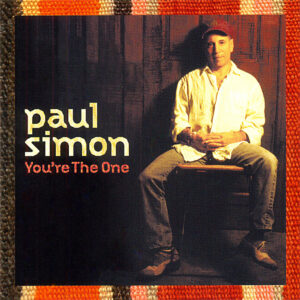
2000, 6/10
After many years of travelling around the world and trying different styles and angles – a movie, a Broadway Musical – You’re The One feels like Paul Simon music, as if Simon has distilled all his learnings into a refined, relaxed blend. The introspective song-writing recalls his 1970s solo albums, Vincent Nguini brings an African flavour on guitar, while South American rhythms burble underneath. Its relaxed and conversational style is effectively a template for his 21st-century work, even though it’s arguably his weakest album from the period to date.
The most problematic songs are also the most memorable – ‘Old’ and ‘Pigs, Sheep, and Wolves’ both have blunt messages and spoken lyrics that overshadow the more subtle pieces. But there are plenty of understated gems; ‘Señorita With a Necklace of Tears’ is pretty and mournful, while ‘Darling Lorraine’ is a sometimes tortured tale of a long relationship, an older counterpoint to ‘Train in the Distance’ from Hearts and Bones.
You’re The One is a welcome return to familiar territory after Songs From The Capeman, but Simon’s made stronger albums in the 21st century.
Surprise
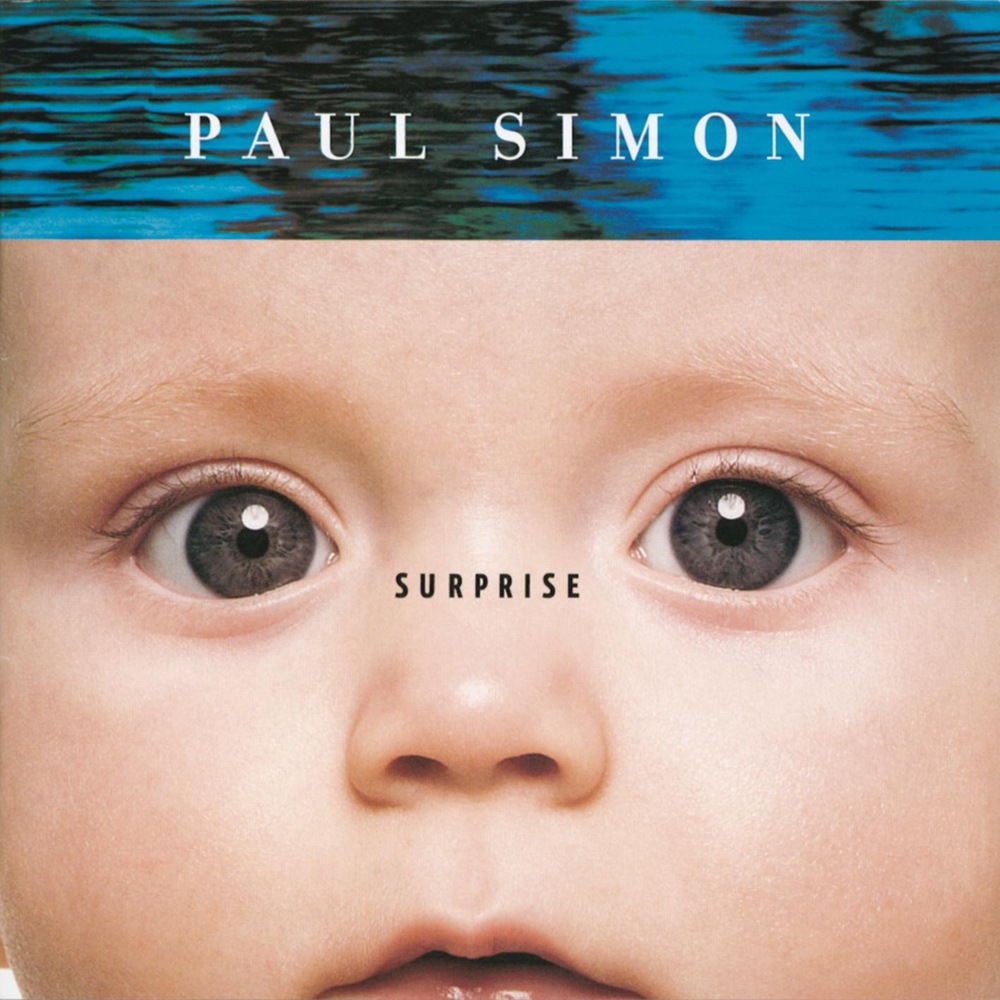
2006, 7.5/10
Even though Paul Simon and Brian Eno are two of my favourite musicians from their generation, they’re certainly not a natural pairing. Simon’s work is often autobiographical and acoustic, while Eno’s is detached and electronic. But their pairing Surprise is fruitful, resulting in a strong late-career effort for Simon. Simon stays with his conversational, acoustic guitar-driven songs that are typical of his later career, and Eno frames them with gorgeous electronic burbles. The electronics only dominate occasionally, like on ‘Once Upon A Time There Was An Ocean’, and when it happens it’s a nice change of pace – most of the time they’re sitting in the background, adding texture. Simon handles most of the guitars himself, Steve Gadd’s on drums, while guests include jazz luminaries like Herbie Hancock and Bill Frisell.
While all of the material is typically thoughtful and measured, there are a couple of standouts. ‘Father and Daughter’ was recorded in advance of the rest of the album, and it’s a remixed version of a song that was earlier featured on The Wild Thornberrys. It’s tacked onto the end which makes sense – it features Vincent Nguini’s guitar work rather than Eno’s textures, so it’s not of a piece of the rest of the album, but it’s a very strong piece, so it’s good to have it included on a studio album, a touching and personal tale of devotion to Simon’s daughter. The other standout is ‘Wartime Prayers’, a hymn like war protest that was written before the Iraq invasion of 2003; “Because you cannot walk with the holy/If you’re just a halfway decent man.” There’s plenty of other good material on Surprise too – ‘Outrageous’ rocks surprisingly hard for older Simon, and it’s a masterful tale of shifting purposes.
Surprise is a surprisingly strong late-career effort from Simon, and ‘Wartime Prayers’ and ‘Father and Daughter’ are up there with his strongest compositions.
So Beautiful or So What

2011, 7.5/10
After Eno’s electronic backdrops of Surprise, So Beautiful or So What takes its inspiration from West African blues. For the first time since 1981, Simon’s working with longtime producer Phil Ramone. It’s built around African guitars and Indian percussion, while Simon also uses samples to detail the sound. While there’s always been religious imagery in Simon’s lyrics, it’s pronounced here with songs like ‘Love Is Eternal Sacred Light’ and ‘Questions for the Angels’.
The most striking song is ‘The Afterlife’, where heaven is initially a bureaucratic nightmare, but when Simon finally meets his creator he’s overawed. ‘Dazzling Blue’ is a pretty tribute to Simon’s wife Edie Brickell. The opening ‘Getting Ready for Christmas Day’ is upbeat, while the closing title track is bluesy, both surprisingly urgent for a man in his seventies.
So Beautiful Or So What is another accomplished, conscientious late-career effort from Simon – it’s on a par with Surprise, another well-constructed set of songs with a few dazzling individual tracks.
Stranger to Stranger
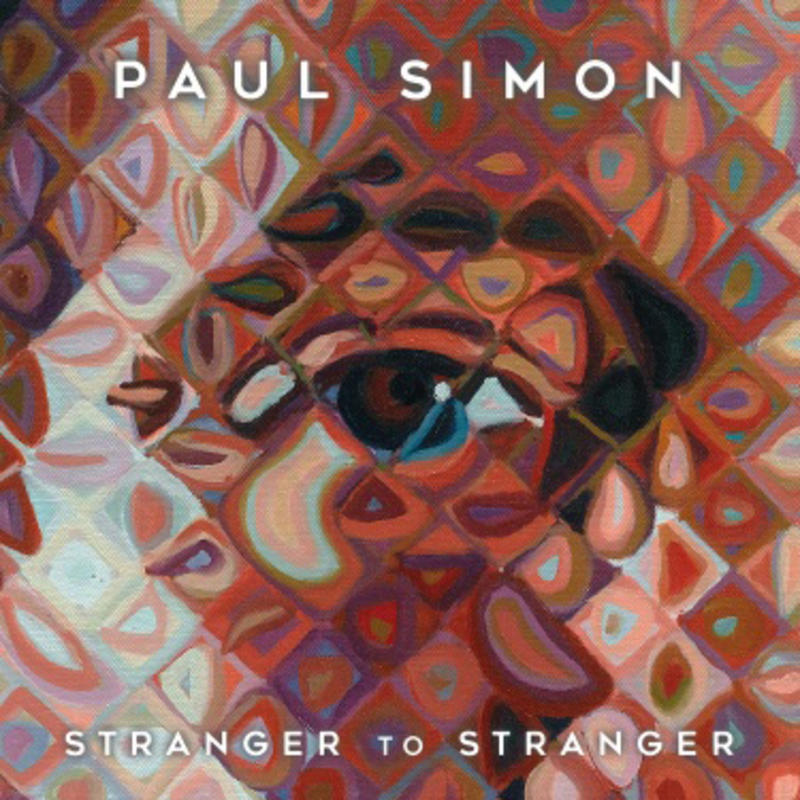
2016, 7.5/10
Like Surprise and So Beautiful or So What, Stranger to Stranger is another very respectable late-career album from Simon. As with the previous two albums, it’s based around world rhythms and acoustic guitars, while throwing in some new tricks. He collaborates with young Italian producer Clap!Clap! on three tracks. Simon also explores American composer Harry Partch’s micro-tonal scale – Partch designed instruments that could play 43 tones in an octave instead of the usual 12 in western pop music, and songs like ‘Insomniac’s Lullaby’ use Partch’s custom-made instruments to access these unusual notes. Simon’s voice has barely aged since Simon and Garfunkel’s debut, and he’s still using a pretty falsetto sometimes.
First single ‘Wristband’ starts as a tale of a musician shut outside of his concert venue, but ends as a rumination on inequality (“The riots started slowly with the homeless and the lowly/Then they spread into the heartland towns that never get a wristband”). Simon’s profile of legendarily fast baseball player ‘Cool Papa Bell’ has an infectious acoustic guitar riff, and there’s more delicate balladry like ‘Insomniac’s Lullaby’ and the shimmering title track.
Stranger to Stranger is the third entry in an extremely impressive late-career trio of albums from Simon – while they don’t quite measure up to his best earlier albums, pop’s usually a young person’s game. Stranger to Stranger was released in Simon’s 75th year, and he’s since announced plans to stop touring, but if it turns out to be Simon’s final album, it’s a fine swansong.
SEVEN PSALMS

2023, 6/10
Paul Simon’s enjoyed an innovative career. Even on 2016’s Stranger to Stranger, released in his mid-70s, he was trying out new ideas, working with Harry Partch’s micro-tonal instruments and collaborating with Italian electronic artist Clap Clap. In comparison, 2023’s Seven Psalms is like a return to his roots, an acoustic singer-songwriter album that recalls his folk roots.
Critics have likened Seven Psalms to Leonard Cohen’s You Want It Darker and Bowie’s Blackstar, records released when the makers were staring at mortality. Despite Simon wrestling with spirituality and mortality, singing lines like “Dip your hand in Heaven’s waters”, he’s indicated that it’s not a farewell.
“Of course, I’m 81 years old. Of course, I think about it. But I mean, is it pressing on me? No, it’s not.”
Paul Simon, https://www.cbsnews.com/news/paul-simon-on-seven-psalms-and-hearing-loss/
There are signs of wear and tear. Simon’s voice had remained unscathed for decades, but it’s showing decay here. Simon’s also been dealing with hearing loss in his left ear, perhaps explaining his retreat to simplicity here.
The appeal of Seven Psalms is 90% lyrics and 10% music – Simon isn’t able to impress with clever arrangements and twists of melody. It’s all one long song, divided into seven sections. Simon largely retired from music a few years ago, but it’s nice to have him back, delivering patently Simon lines like “In my professional opinion/I’m no more satisfied than you are”.
I can’t see myself returning to Seven Psalms often – Simon has more musically satisfying albums. But I’m glad he made it, one more chance to hear one of my all-time favourites on record.
Ten BEST Paul Simon Songs
Diamonds on the Soles of Her Shoes
Rene and Georgette Magritte With Their Dog After The War
American Tune
Mother and Child Reunion
Graceland
Peace Like A River
The Cool, Cool River
Late In The Evening
Something So Right
Wartime Prayers
Back to 1970s Album Reviews….
2 Comments
Leave a Reply
Related Pages
About
Aphoristic Album Reviews is almost entirely written by one person. It features album reviews and blog posts across a growing spectrum of popular music.
Review Pages
Read about the discographies of musical acts from the 1960s to the present day. Browse this site's review archives or enjoy these random selections:
Blog Posts
I add new blog posts to this website every week. Browse the archives or enjoy these random selections:
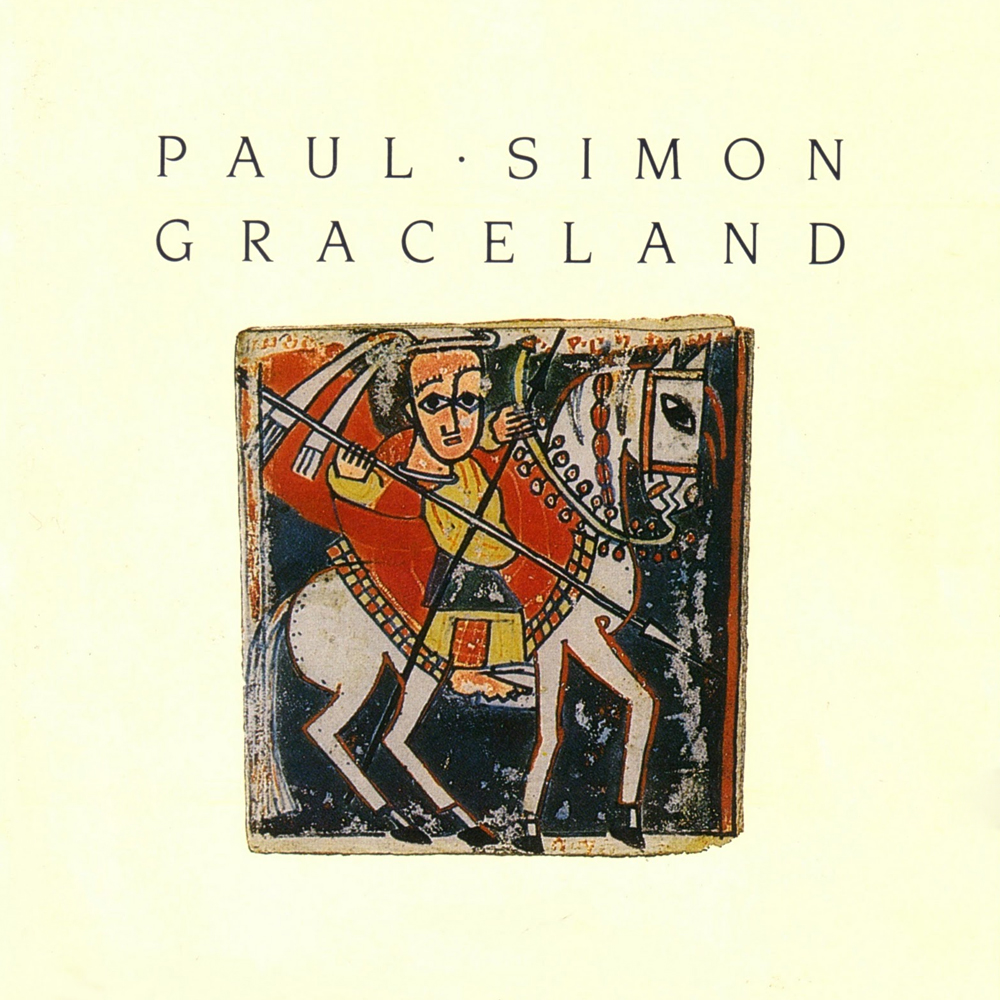
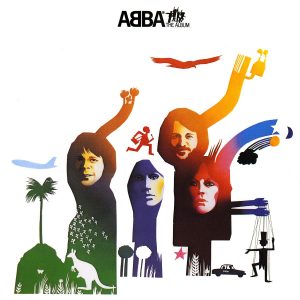


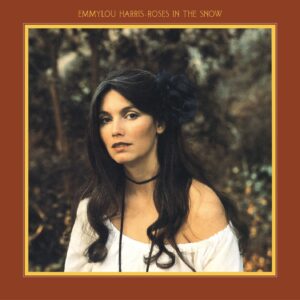
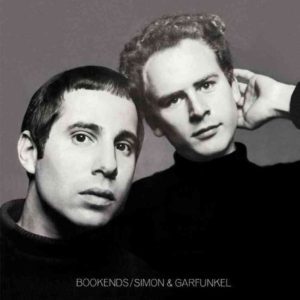
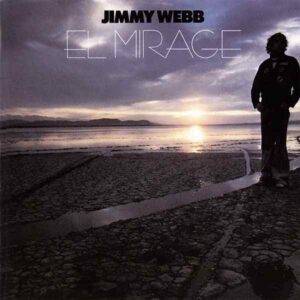
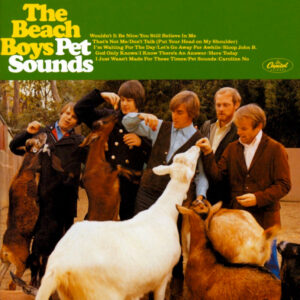
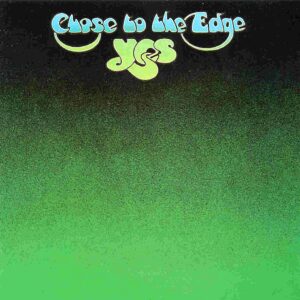




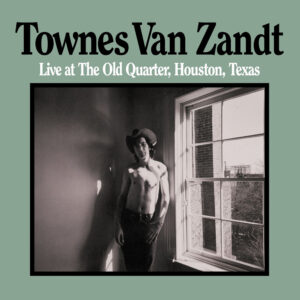

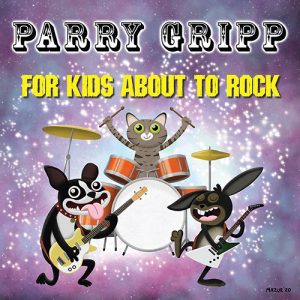

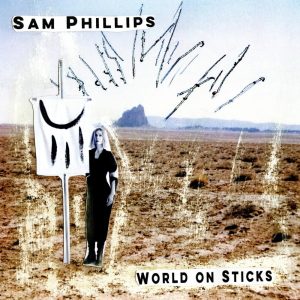
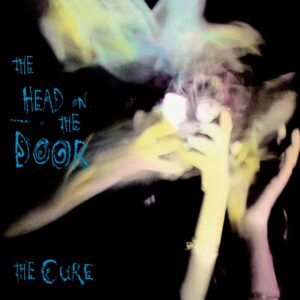

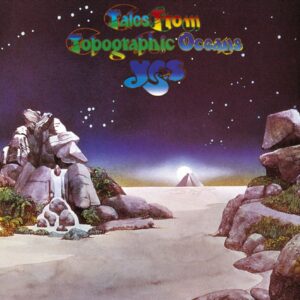
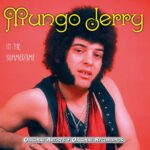

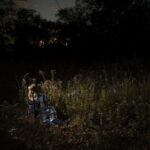
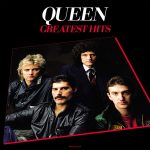
After the great song Mother and Child Reunion on his first album and then the There Goes Rhymin Simon album, I never thought anything he ever did again was particularly great. Which surprised me because I like those two a real lot. I love My Little Town from his next album, but that’s it. I thought Graceland was really nice sounding but the songs were just too slight and not particularly great like the Simon & Garfunkel songs or Rhymin Simon. Some people I know think his song writing has continued to be great all along, but I think it was all over with around 1974.
I don’t particularly enjoy his jazzy phase on Still Crazy and One Trick Pony, but I think Hearts and Bones is half brilliant, and I like his change to more rhythmic songs after that.